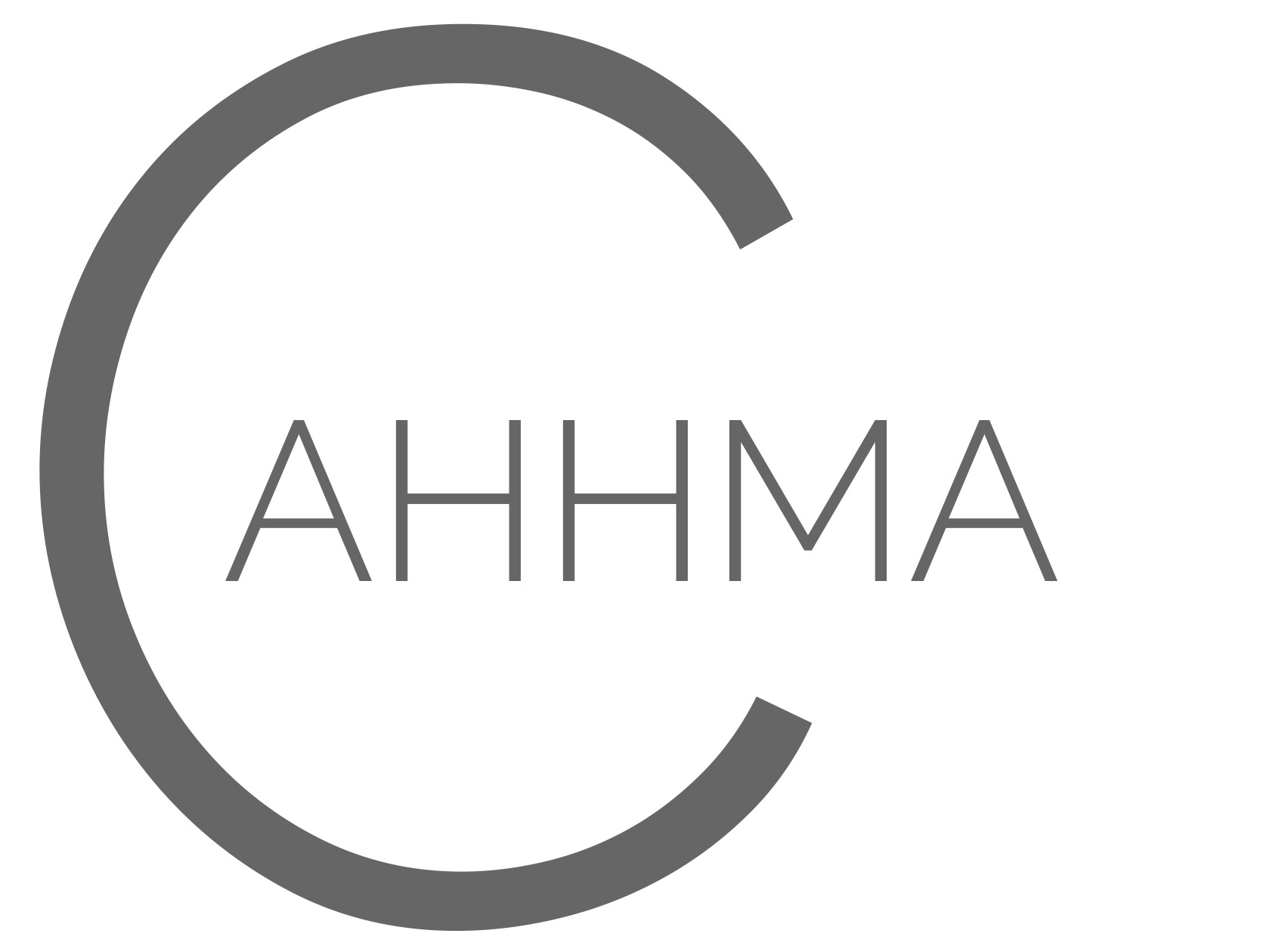MAHC hospital board to respond to recommendation on Friday
MUSKOKA — The decision is not yet final, but a recommendation has been made.
The Muskoka Algonquin Healthcare (MAHC) capital plan development task force members advised Wednesday evening that two acute hospitals are the preferred service delivery model for future hospital services in the region.
“As a result of our thorough analysis, the task force recommends that a two-acute-site model be selected for the future,” Cameron Renwick, chair for the task force, told board members. “This model was felt to provide the best patient- and family-centred care. It aligns with North Simcoe Muskoka LHIN (local health integration network) and ministry directions. It garners the greatest municipal support and community support. And provides the best access to care.”
He said the task force, which had been delegated responsibility by the hospital board to review potential models and make a recommendation, also felt the model would best meet the communities’ needs now and into the future.
The hospital board had previously supported one centrally located hospital as its preferred model, as part of its pre-capital submission to the ministry, in 2015. But board members have since stated that much has changed in health care.
The task force, which delved into the stage one phase of the capital planning process, made its presentation on its recommended model during a special hospital board meeting held at Huntsville District Memorial Hospital. The meeting was also live streamed to South Muskoka Memorial Hospital and more broadly to the public via webcast.
Roughly 50 people registered to attend the presentations at the Huntsville and Bracebridge hospitals, combined.
Renwick explained the 25-member task force, which included MAHC administration and board members, doctors, hospital foundation and auxiliary representatives, Muskoka and East Parry Sound municipal representatives, North Simcoe Muskoka LHIN representatives, and community members, had commissioned and analyzed data, reports and studies, while also hosting clinical workshops and community consultations, over 12 months before presenting its recommendation.
The task force had reviewed three options: Two acute sites with emergency departments; one in-patient site and one outpatient site both with emergency departments; and one site.
Criteria used in the model evaluations included patient- and family-centred care, financial impact, alignment with provincial priorities, municipal impact and community support.
Access to care, municipal impact and community support loomed large in the task force’s decision to recommend the two-acute-hospital model.
“This isn’t only about money,” said Renwick. “It’s about planning for the future to ensure that we have safe, quality, sustainable health care for our future generations.”
He noted there were advantages to consolidating all Muskoka hospital services into one site, but it would come at the expense of increased travel time and decreased access to services.
“Muskoka already experiences higher than average travel times and a report presented to the task force showed that, if single-sited in one of our urban centres, average travel times would become some of the longest in the province,” he said.
And a land-use planning report had rejected the idea of a new hospital site created between urban centres.
Don Mitchell, vice-chair for the task force, said consultations included a wide range of people who use hospital services in Muskoka, which helped lead to the new recommendation.
“What we learned through all of this is that the evaluation criteria that has been used in the past needed to be expanded,” said Mitchell. “We listened.”
He also noted the task force membership was more varied, which offered different perspectives than in the past, while provincial focus had since put more emphasis on shifting some services to community-based care, rather than hospitals having the financial burden of providing all of them.
But the task force noted the proposed two-hospital model would look different compared to what existed today, as some services would move into community-based care, while other new hospital services, such as MRI and stroke rehabilitation beds, could arrive.
The recommendation, however, came with a caveat: For the two-acute-care-hospital model to work, the provincial funding formula would need to change to address systemic underfunding of medium-sized hospitals in Ontario.
The hospital board was expected to publicly respond to the proposal on Friday.
If approved, the task force would continue its work on the model and refine bricks-and-mortar specifics.
(Note: This story was updated on Aug. 8 at 8:56 p.m. to include further detail from the special board meeting.)
Alison Brownlee is a reporter with Muskokaregion.com She can be reached at abrownlee@metrolandnorthmedia.com
